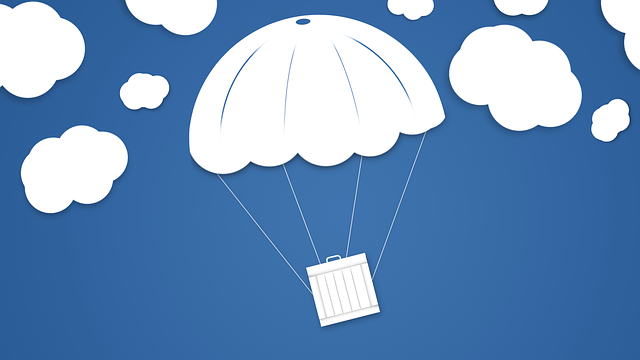The IoT Packaging Shift
IoT packaging can deliver value to both businesses and customers, but will require extensive infrastructure.
April 22, 2016

Virtually every product requires packaging. Increasing trade, consumer concern regarding safety and waste, and a desire of brands to protect and grow their business is causing the packaging industry to shift and expand.
According to a report by Smithers Pira, the global smart-packaging industry is predicted to grow during the five year period to 2021 at an annual rate of 8% to $7.8 billion. The term smart packaging is a combination of both active packaging and Internet of things packaging. Active packaging will grow at a rate of 4.9% to $5.6 billion and IoT packaging will grow at an astounding 18% per year to almost $2.2 billion.
The shift from traditional packaging to smart packaging is exciting, but also a massive IT infrastructure challenge. Companies sell 3.5 trillion consumer products every year. If a fraction of these products begin to require digital connections, then we'll need massive infrastructure – everything from networking, cloud, and data storage to sensors and data analysis software -- strategically deployed.

interop-las-vegas-small-logo.jpg
To learn more about IoT and its impact on IT, attend the Internet of Things Summit at Interop Las Vegas this spring. Don't miss out! Register now for Interop, May 2-6, and receive $200 off.
Active packaging has been around for a long time. Brands use it to engineer materials for product protection and to embed additional information onto packaging that can be read by smartphones and devices. These materials change color when exposed to extreme temperature, humidity or time.
IoT packaging is relatively new, but it does everything that is desired from packaging. Internet connectivity is gained through QR codes, NFC, BLE, RFID and more sophisticated sensors. On the business side, IoT packaging aims to cut costs of traditional packaging and improve logistics, management, inventory optimization, customer experience, branding, and brand protection, while reducing counterfeiting and protecting against threats.
At the consumer side, IoT packaging can provide real-time tracking of shipment or a medicine bottle that provides information about product usage and safety plus medication and refill reminders. The possibilities are limitless. For instance, individuals with similar conditions and medication could be connected via social media to help learn more about their condition and enhance the peer support structure.

cloud delivery.png
Specialization and trade increases the productive output of an economy. It helps consumers by lowering the prices of goods, and increases quality and choices. The benefits are similar to that of the industrial revolution. It also means that products need to travel further with an increased transit time to reach customers. IoT-enabled packaging will help throughout the process.
As products enter new markets and cultures, packaging will generate real-time data to help brands refine their products. Product tracking data will protect brands from known and unknown threats.
Consider the following example. A brand based in the EU has massive sales figures of product X to China and product Y to the Middle East. Product X contains the E120 food coloring while product Y is similar, but does not contain the additive. E120 is a food additive approved by the EU; it's used as a coloring agent in food, drinks and cosmetics, and extracted from insects. The brand implements a strict policy to restrict the sales of product X to the Middle East for cultural reasons.
However, local distributors might import product X unknowingly from China with the assumption that since product Y is a success in the local market, it means that product X might also be a success, but hurting the brand image and sales of product Y. Companies will be able to halt many disasters if products are actively tracked.
Developing economies can use IoT packaging to increase the quality of their products and gain access to highly regulated markets such as the EU.
Firms already exist that enable brands with these kinds of capabilities. Evrythng is one company that provides smart packaging to businesses and consumers. The firm is backed by Cisco and Samsung. Its technology utilizes IoT and cloud resources to deliver the benefits of smart packaging. Evrythng has managed connectivity for 3 billion products in the last 12 months and is looking to rapidly scale up sensor deployment.
About the Author
You May Also Like




